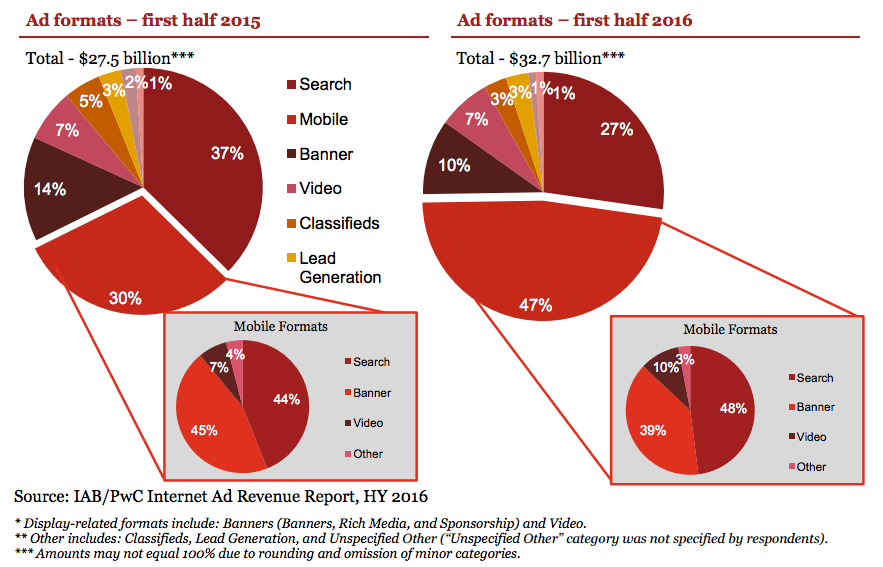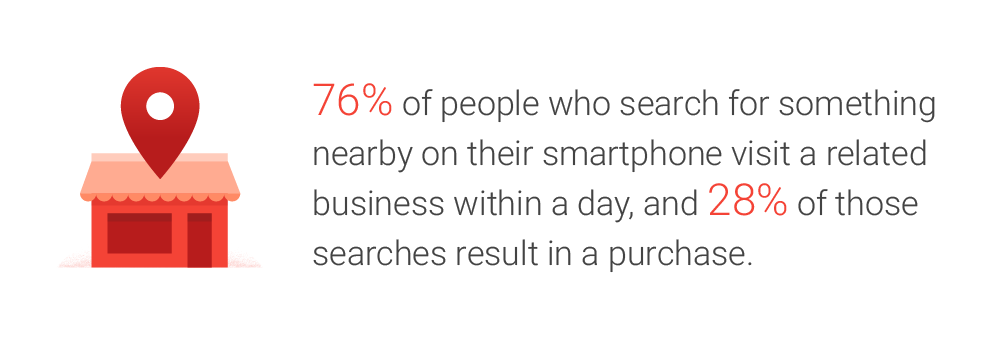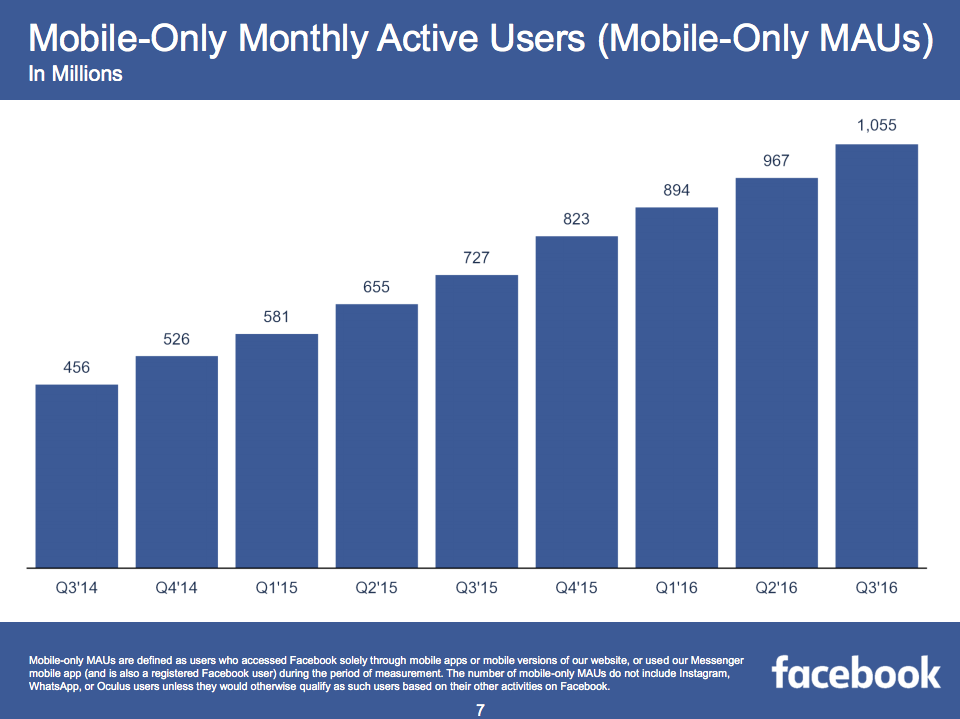
Get your FREE 30-day trial.
Please complete all fields.
Last week, IAB (Interactive Advertising Bureau) released its report summarizing the first half of 2016, and what a year's it's been already. The IAB breaks out "mobile" as its own advertising category. In just a single year, mobile advertising has grown from 30% to 47% of the overall digital advertising market. At a quick glance, it looks like mobile has destroyed the market for not only for banner advertising, but also for search. However, that's not true at all -- instead, we're seeing a radical reshaping of the advertising landscape, as companies like Google shift how they make their advertising dollars from the desktop to the mobile world. If you combine desktop and mobile search, search ads have actually shifted stayed flat -- at exactly 50% -- since last year.

Since we saw from the IAB data that search has been transitioning to mobile, Google, as the leader in search, must be leading that change. In fact, Google recently published a new statistic that showed that "76% of people who search for something nearby on their smartphone visit a related business within a day". This makes intuitive sense; we've all sat in a parking lot on our phones saying "where's the closest place I can go to buy XYZ" (sometimes out loud, with OK Google, Siri, and Cortana), and following our phones to wherever we are directed. Today, brands have to think about how to customize search advertising campaigns differently on desktop versus mobile.

Within a day of the above IAB report, Facebook published its Q3 2016 earnings. They had strong user growth numbers across the board, with the Asia-Pacific market showing especially good numbers, growing 6% quarter-over-quarter.
However, Facebook's most compelling story of the quarter was a mobile story. More than a billion Facebook users -- 59% of everyone on Facebook -- only used it from their mobile devices. To them, Facebook isn't a platform that has a desktop component and a mobile component, but a platform that only exists on their mobile devices.
Seeing that number caused me to pause and reflect back on a now-infamous line in their S-1: "increased user access to and engagement with Facebook through our mobile products, where we do not currently directly generate meaningful revenue, particularly to the extent that mobile engagement is substituted for engagement with Facebook on personal computers where we monetize usage by displaying ads and other commercial content." Well, 84% of all Facebook revenue is now from mobile, and they have 3.9 times more mobile users now (1.7 billion) than they did in that S-1.
All of those mobile users mean that if you're running the same creative on both desktop and mobile, you must think about the mobile experience on Facebook first, and the desktop experience second.
